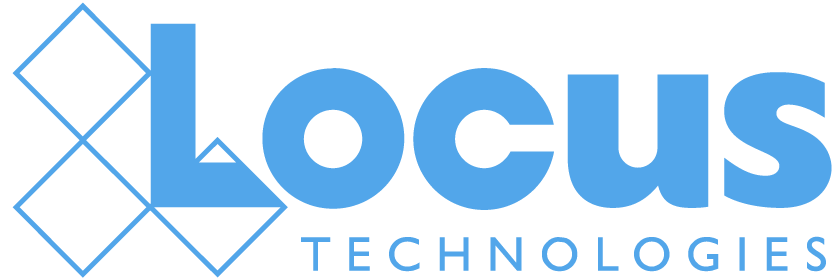 Locus Technologies, the leader in sustainability and Environmental Health and Safety (EHS) compliance software, announced that as of today, Locus clients have collectively contributed 3,000,000 validated Per- and Polyfluoroalkyl Substances (PFAS) records to the company’s environmental database, making it the most extensive real-time, aggregated global analytical and geospatial PFAS information source. The records are secured in Locus’s sophisticated, multitenant SaaS database.
Locus Technologies, the leader in sustainability and Environmental Health and Safety (EHS) compliance software, announced that as of today, Locus clients have collectively contributed 3,000,000 validated Per- and Polyfluoroalkyl Substances (PFAS) records to the company’s environmental database, making it the most extensive real-time, aggregated global analytical and geospatial PFAS information source. The records are secured in Locus’s sophisticated, multitenant SaaS database.
Locus’s expansive PFAS dataset includes all 430 chemicals identified in the US Environmental Protection Agency (EPA) PFAS inventory, collected from 38,553 global sites, predominantly in the United States. By combining advanced geographic information system (GIS) tools and artificial intelligence (AI)-driven analytics, Locus provides unmatched capabilities for identifying contamination sources, tracking environmental accumulations in water, soil, and living organisms, and visualizing critical “hot spots” for strategic remediation.
“This milestone underscores our commitment to advancing environmental safety through technology innovation,” said Neno Duplan, founder and CEO of Locus Technologies. “Our multitenant SaaS infrastructure uniquely positions Locus as the only platform capable of aggregating, analyzing, and reporting critical PFAS data in real-time. With three million records, we’ve reached an unprecedented capability for understanding and managing this global health threat.”
Locus Technologies’ multitenant SaaS platform enables individual organizations to securely manage and report their PFAS sampling data and compliance requirements while gaining broader insights from aggregated data. The company’s unique software architecture empowers clients to stay ahead of stringent regulatory frameworks, including emerging EU directives and global ESG reporting demands, while ensuring the absolute privacy of their proprietary information.
“Emerging research indicates the PFAS health crisis will be more significant than Asbestos, lead, and tobacco combined. Empowering organizations to effectively track and manage this data is imperative,” said Duplan. By leveraging the real-time analytical power of Locus, utilities, government agencies, and enterprises can proactively manage PFAS risks, streamline regulatory compliance, and safeguard public health and environmental ecosystems worldwide.
To learn more about Locus Technologies, please visit locustec.com.
About Locus Technologies
Locus Technologies, the global environmental, social, governance (ESG), sustainability, and EHS compliance software leader, empowers companies of every size and industry to be credible with ESG reporting. From 1997, Locus pioneered enterprise software-as-a-service (SaaS) for EHS compliance, water management, and ESG credible reporting. Locus apps and software solutions improve business performance by strengthening risk management and EHS for organizations across industries and government agencies. Organizations ranging from medium-sized businesses to Fortune 500 enterprises, such as Sempra, Corteva, Chevron, DuPont, Chemours, San Jose Water Company, The Port Authority of New York and New Jersey, Port of Seattle, and Los Alamos National Laboratory, have selected Locus. Locus is headquartered in Mountain View, California. For further information regarding Locus and its commitment to excellence in SaaS solutions, please visit http://www.locustec.com or email info@locustec.com.















